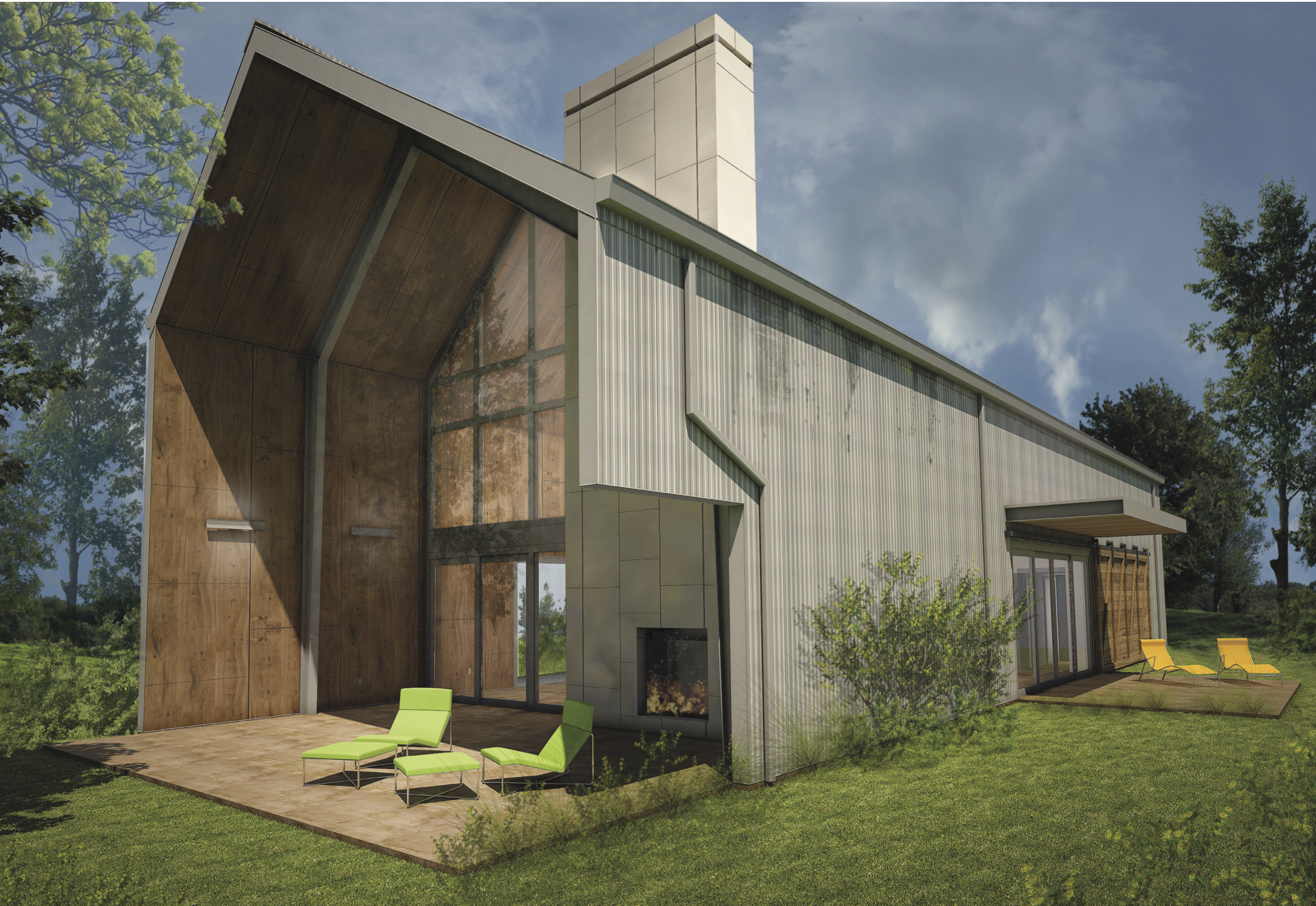
I was recently asked by a colleague to speak to his class about art and architecture. I was sharing some of my recent work and explaining how architecture is an optimistic endeavor and how people generally come to architects when they have hopes and dreams about their future. I fielded an innocent question, and my response continued to echo through my thoughts for several days. The simple question was “What features would you have in your dream home?” My response, which was hardly optimistic, was, “I don’t believe in dream homes.” I went on to explain that each project location, client and budget presents different possibilities, and I try to search for and celebrate the unique opportunities that exist within each particular set of circumstances.
I went on to describe my frustration when clients come into a project with a “dream home” mentality. They don’t fully understand or appreciate the limitations of their particular situation and often have unrealistic expectations about what can be achieved. They insist on packing in a list of features and design elements that can end up entrapping them with little likelihood of truly enriching their lives. However, these often-irrational desires hold great sway — representing and projecting a particular, deeply held counterfeit narrative concerning “the good life.”
In addition, their ideas often do not translate into lasting resale value. I generally work with clients of modest means and help them to determine their priorities in order to make sober calculated decisions about the biggest investment they will ever make. I once lost a commission because one partner felt that they would have to “give up too much” if they worked with me. They found another architect that designed a beautiful house that nearly doubled their initial budget.
One of the best features in any home is the ability of the family to afford it — financial sustainability. Except for perhaps the super-rich, this usually involves cutting back the wish list and making assessments about what design elements will truly add the greatest value to their lives. When couples build a home their unrealized dreams and desires often collide. Tensions can mount as the financial stress is layered on to an already taxing situation. Unfortunately many relationships don’t weather this storm. One survey found over 17% of couples considered separation as a result of a modest home renovation. When my wife and I started renovating our home, I began receiving email ads from divorce attorneys — those pesky algorithms that correlate my credit card purchases with statistically calculated future needs and behavior.
In conclusion, adding a Jacuzzi tub to your “dream home” may help you relax but it will never remove the stress of building a house you can’t afford.
